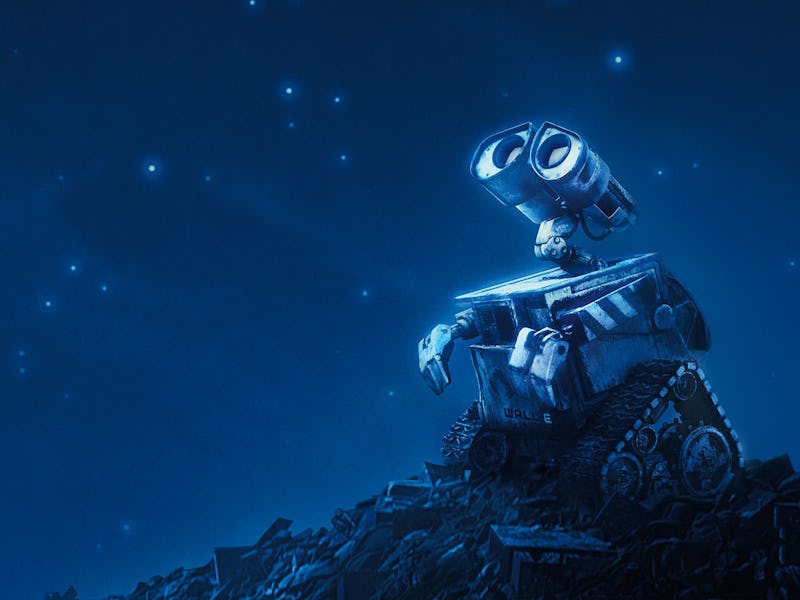A Look Into How Disney and Pixar Bring Life to Their Characters
The anthropomorphic animals and objects that star in these films start with what's real before delving into the fantastic.

From advanced robots to simple bugs, we’ve become used to anthropomorphized, sentient creatures in the world of animation. But every natural movement is the result of painstaking work and dedication by animators, who study for years to make their work seem as seamless as possible.
Disney and Pixar, in particular, excel at bringing to life colorful casts of animals and objects that not only portray a wide variety of emotion through facial expression, but also through body language. While there are plenty of animated talking animals that are essentially humans with ears and tails, the truly stand-out animals are characters that don’t just transpose a human’s movements on to the object, but extend the natural movements of the object to create that understandable personality.
As much as we love characters like the sweater-vest wearing Arthur, the aardvark is a perfect example of a cartoon critter merely being a human with fur. If Arthur were an actual aardvark (ignoring that he looks nothing like the mammal,) he wouldn’t be walking and he wouldn’t have glasses that are floating on his head without the aid of his ears. Just recently, there was a Reddit post that noticed a commonality in a lot of animations that tend to ignore the natural placement of the ears on animals in favor of placing the object they’re using (whether it be a cellphone or earmuffs) where a human ear would be. Zootopia was the exception to this, with Judy Hopps’ earbuds actually stuck in her long rabbit ears.
That little detail is a tribute to Pixar, Disney (and Dreamworks’) quest for realism (insofar as a rabbit police officer can be considered “realism”). It’s a long-running tradition at the studio that invented modern animation. It brought circus animals in to the studio for Dumbo, and adult lions to Burbank as they prepped for The Lion King. During the pre-production of, Tarzan, the crew traveled to Uganda in order to watch gorillas together in their natural habitat. Walt Disney himself even once said that “I definitely feel that we cannot do the fantastic things based on the real unless we first know the real.”
In making a character based off of something unfamiliar, anatomically or inanimately, the artist must understand what it is he or she is animating and who his or her character is before starting to animate. The personality of the character is the most important thing, and it affects the mannerism of the creature. Taking away those movements and idiosyncrasies suck what life the animators created away from the character.
Take scene in Pixar’s 2008 hit Wall-E, in which the little trash-compacting robot saves the day, but at the apparent cost of his memories. His change from meek and hunched romantic to stoic and upright worker is deliberate — and the small differences from one to the other is astounding in how much a character, especially one that is not meant to be humanized, can transform from object to person.
For characters that don’t speak, the motions are everything. In most Disney films, there is some sort of companion that does not speak. Aladdin, for instance, has both Abu and Carpet, the latter being the hardest to bring to life. The team had to personify a rectangle and figure out a way to shape expressions without the aid of a face or limbs. The result makes for an endearing addition to the movie.
As with Carpet and other characters, the animators breathe life into objects and animals, coming up with logical solutions for characters such as a car (Lightning McQueen in Cars) that could not normally accomplish the tasks that the character is doing without arms and legs. It’s the solutions are always what make a lasting impression and give us the memorable faces of the many movies and films throughout the years.